Text & Photos: Bhargav TS
As part of fuel conservation programme the Central Railway (CR) is planning to introduce Common Rail Electronic Direct Fuel Injection (CReDFI) system in its engines, at a cost of Rs 2 crore. CR’s Locomotive Workshop in Parel, Mumbai is taking several steps to enhance fuel efficiency and increase the speed of its engines by redesigning the engine components.
“We are working on CReDFI fitted engines and trials are going in the South Central Railway (SCR). By implementing CReDFI in locomotives, it is believed that there would be an increase in fuel efficiency by 6-8%,” said Saurabh Prasad, Deputy Chief Mechanical Engineer & Head, Locomotive Manufacture, Central Railway.
The Parel Workshop was established in 1879 as a steam locomotive repair unit. Over the years, the shop has diversified into carrying out different functions like diesel locomotive maintenance, accident relief van and crane breakdown maintenance. This workshop now manufactures locomotives for broad and narrow gauge networks.
Buoyed by the success in automobiles, adoption for rail traction applications is on the rise. Elaborating on the CReDFI system, Prasad said the efficiency of the locomotive engines can be improved by using the system like in cars. “We will try to introduce CReDFI in about 50-60 locos, if it meets our internal requirements. It will give us about 8% fuel savings on these locos and it also leads to lower emissions making it an environment friendly option,” reveals Prasad.
The workshop is also emphasising on using lighter materials, to increase fuel efficiency further. Prasad said, “We achieved weight reduction of around 20% in the last 2 years by introducing lightweight alternate materials and by using fuel efficient technology. The engine has undergone lot of changes especially in turbochargers, redesigning cam shaft profile and a modified governor. We have switched over completely from vacuum brakes to air brakes. This resulted in reduction in size of the compressor, also increasing energy efficiency.”
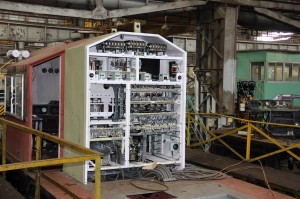 Diesel locomotives have been steadily upgraded with various innovative measures like microprocessor control, roller suspension bearing, electronic fuel injection (EFI) system and auxiliary power unit (APU) in order to reduce fuel consumption. Use of CReDFI system for the diesel engines is expected to result in fuel savings to the extent of 10% over duty cycle and emission reductions by about 20-30%.
Diesel locomotives have been steadily upgraded with various innovative measures like microprocessor control, roller suspension bearing, electronic fuel injection (EFI) system and auxiliary power unit (APU) in order to reduce fuel consumption. Use of CReDFI system for the diesel engines is expected to result in fuel savings to the extent of 10% over duty cycle and emission reductions by about 20-30%.
In general, Common Rail Direct Injection (CRDI) system is an intelligent way in fuel management of diesel engines with the use of computerised systems. CRDI helps to improve the power and performance, and reduce harmful emissions as against conventional injection systems that are sluggish, noisy and poor in performance.
Queried about other major changes made in the locomotive, Prasad said, “We are focusing more on the filtration system; besides, the profile of the pistons is undergoing a major change. To ensure proper combustion the profile has to be designed in a certain way and we have now worked on the existing steel cap pistons for better combustion. We are also using advanced injectors, valve seats and valve seat inserts, which have undergone design changes. The turbocharger used earlier had boost pressure up to 1.2 bars. Now, this has gone up to 1.8 to 2.2, so it has high capacity and can feed more dense air, which will ensure proper combustion. After-cooler has also undergone changes to get better output. Earlier, the governors were electromechanical and they were difficult to maintain, so now we are using micro-controller governors, which gives better hold and increases efficiency.”
The Parel Locomotive Workshop began manufacture of shunting type locomotives in 2007 and started supply to the Steel Authority of India Limited. Later, it bagged orders for more than 190 locomotives from major power plants, ports, railway yards and logistics providers across India. Till date it has manufactured 155 shunting locomotives and has become the largest manufacturer of these category of locomotives in India. All these locomotives are built to the specifications of Research Design and Standards Organization (RDSO) of Ministry of Railways, which emphasises on providing quality technology at competitive prices.
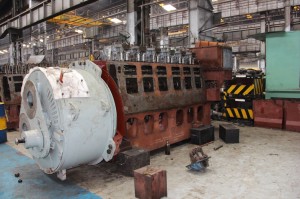 “We have set up a strong supply chain with reputed vendors across India. Our major suppliers include ABB for turbochargers, Mico Bosch for injection systems, Escorts and GE for supply pistons; Cooper Corporation supplies cylinder heads, Parker Hannifin for air filters and Alpha Level for plate type lube oil coolers. For maintaining the turbochargers we have maintenance contract with ABB for 48 months. We offer end to end solutions, from manufacture to maintenance of diesel locomotives by having a strong support team for in-service requirements,” explains Prasad.
“We have set up a strong supply chain with reputed vendors across India. Our major suppliers include ABB for turbochargers, Mico Bosch for injection systems, Escorts and GE for supply pistons; Cooper Corporation supplies cylinder heads, Parker Hannifin for air filters and Alpha Level for plate type lube oil coolers. For maintaining the turbochargers we have maintenance contract with ABB for 48 months. We offer end to end solutions, from manufacture to maintenance of diesel locomotives by having a strong support team for in-service requirements,” explains Prasad.
The workshop also manufactures diesel locomotives for mountain railways. The first locomotive manufactured by the Parel workshop ran between Neral and Matheran, a quaint hill station near Mumbai. It was uniquely designed to negotiate the sharp bends in the hills, by an articulated blueprint inspired from the German Arn-Jung locomotives. It has 2 Cummins NT-495 model diesel engines with hydraulic transmission units manufactured by Allison Transmission. So far the unit has manufactured and supplied 23 locomotives to the mountain railways.
Prasad says, “In 2006, 2 locomotives were manufactured for the Neral-Matheran section of the Central Railway. Buoyed by this success, 4 locomotives were rolled out for the Kalka-Shimla section of the Northern Railway in 2008-09.” The locos have features like a dual cab with walkways in-between and sturdy panels like aircraft, with strong motors to climb steep mountains. The planning and design was done by the workshop engineers, who are associated with the world heritage railway.
“Passenger safety was given topmost priority while designing the new locomotive. The engines that are manufactured today have a vigilance-controlled device, which is active every 90 seconds. It can detect any fault in the engine, be it the pressure levels or the working of various components in the locomotive. If there is a slight fault, it will indicate it on a computerised panel before bringing the loco to a halt,” states Prasad.
Parel Workshop has so far manufactured 250 locomotives, 239 are diesel-electric and 11 diesel-hydraulic units. “Our competence in diesel locomotives with hydraulic transmissions makes us the leader for such locomotives in India. These locomotives range from 300 HP to 800 HP and can be adapted for plain terrain also to suit customer needs.


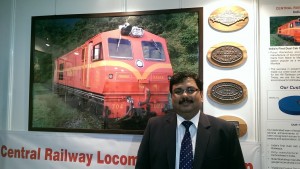

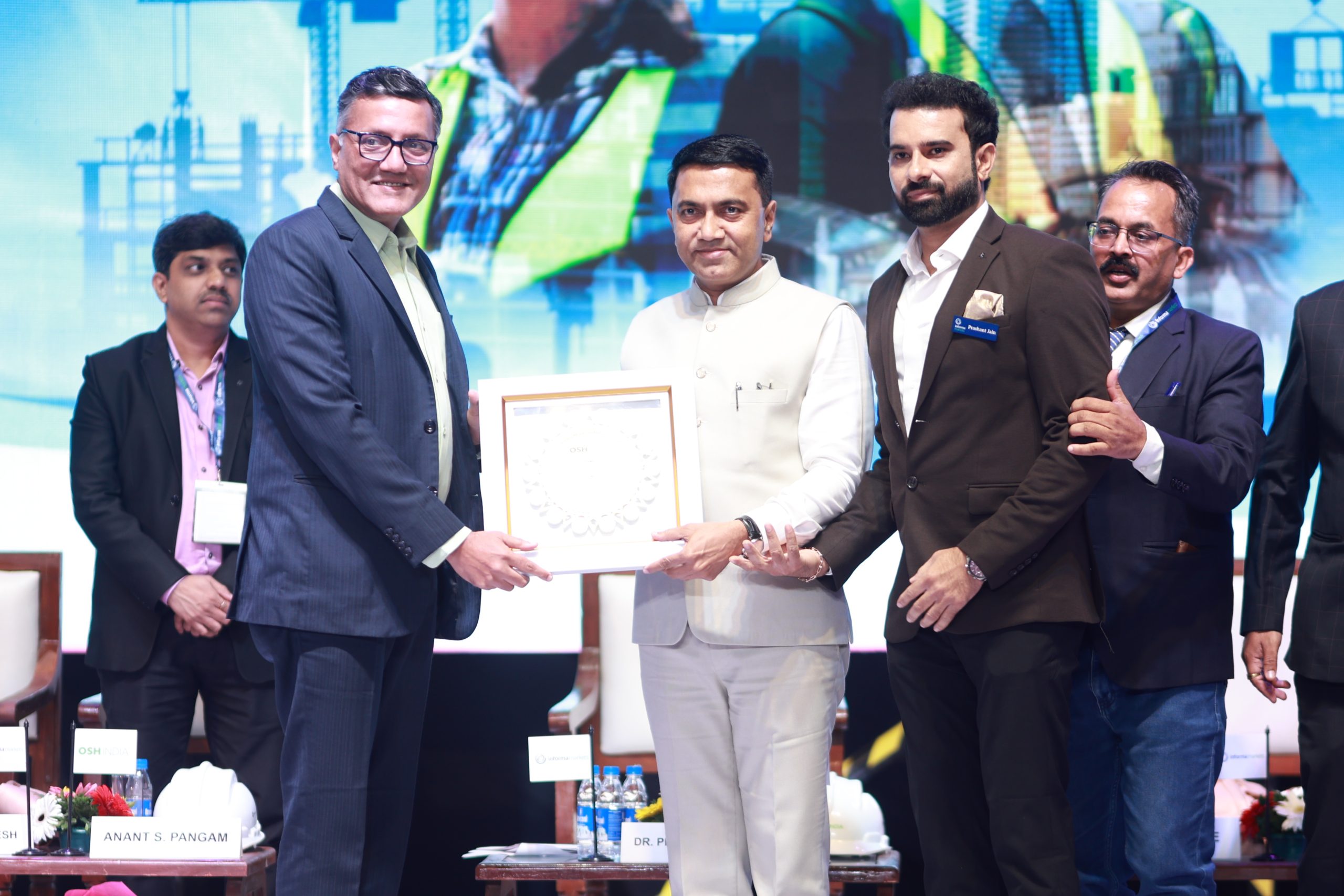

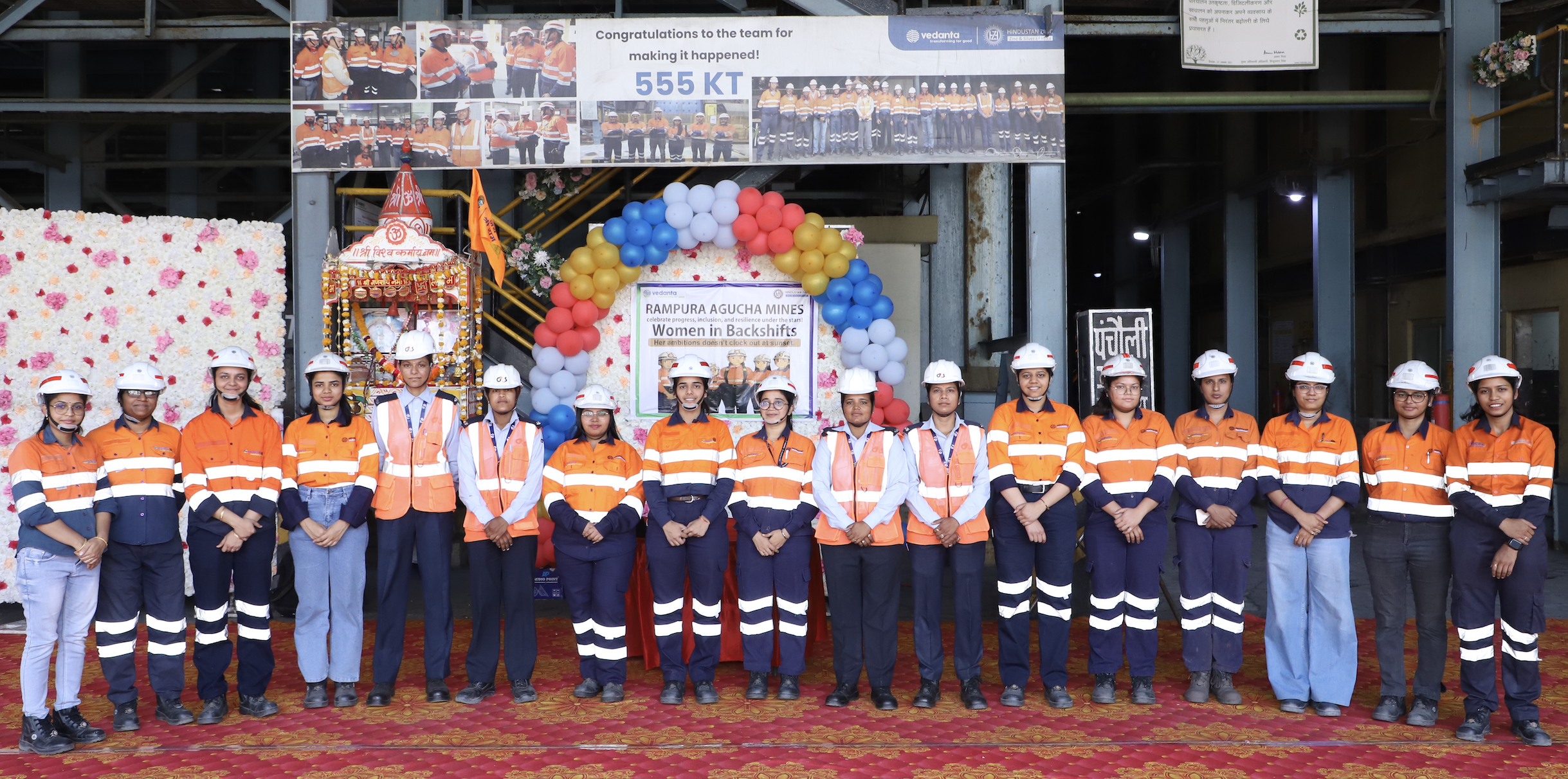



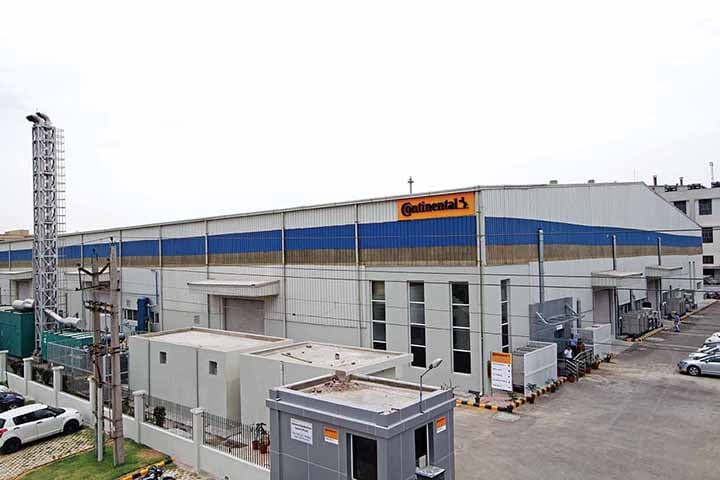

Leave a Reply